|
|
|
|
I read this article to see if I would be able to see the eclipse from our area: http://www.chicagomag.com/city-life/August-2017/Solar-Eclipse-Chicago-Carbondale-Illinois/
0 Comments
Background Information: Click on each picture and try to determine what the picture is teaching you.
Whole Class Activity: Student-Led Component:
If you finish early, watch the Bill Nye video above!
Whole-Class Activity:
Student-Led Activity:
Watch these videos if you finish early:
Additional Constellation Stories to read:
Student-Led Component:
Whole Class Activity:
Video Evidence of Learning:
Optional Class Discussion or Student Exploration: The following text screenshots are from this article: http://www.universetoday.com/24299/types-of-stars/
Optional Class Discussion or Student Exploration: The following screenshots are from: https://owlcation.com/stem/Different-Types-of-Stars-in-the-Universe Student-Led Component: Read the text from Science Companion before beginning the activity. You might have to sign in first.
Watch a few of the following videos and have a discussion on them:
This is where the "Walking the Globe" demonstration would be helpful. Explain days, seasons, and years here if you didn't do so in a previous lesson. Create Your Video:
Reflection/Synthesis Questions:
I'm going to skip this lesson this year, because it is exactly what we did in Lesson 3. Next year, I will combine this lesson's directions with Lesson 3.
Whole-Class Activity:
Student-Directed Activity:
Reflection/Synthesis Questions:
Optional: Start with a quick Formative Assessment to see if students understand sun angles, shadow length, and sun position throughout the day. (Do this while students are completing a different activity.)
Reflection/Synthesis Questions:
Class Discussion: Watch the two videos below and discuss them.
Why does the sun rise and set each day?
Mini Lesson: Sunspots
Create Your Video:
Reflection/Synthesis Questions:
Class Activity (First Visit Outside: AM) (45+ minutes):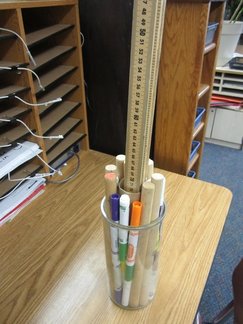
Prepare to go outside for this activity three separate times during the day (morning, noon-ish, afternoon)...
If the weather doesn't cooperate, the videos below will easily take the place of the activity.
Have the following discussion outside (if the weather cooperates):
Second Visit Outside (around noon) (45+ minutes):
Return to the pole or improvised stick outside.
Sun Trails
Student-Driven Task (Third Visit Outside: PM) (45+ minutes):
Reflection/Synthesis Questions:
Class Discussion (10+ minutes):
Choose Responsibility Partners for the next task. Student-Driven Task #1 (10 minutes): You have 10 minutes to work with your Responsibility Partner to be able to answer the following question aloud. Use any resources that would be appropriate for the task:
Teacher Demonstration & Instruction (40+ minutes): Do a teacher demonstration of day and night, seasons, and years with a pen light, laser pen, or lamp and a globe. (If teaching these all at once presents a problem, feel free to break this lesson up into two days.) Describe...
Let's read this short article together... Let's watch the top four videos together. You should take notes so you will be able to explain everything in a video at the end of the lesson.
Whole-Class Activity: Student-Driven Task #2 (30+ minutes):
No reflection questions today - they are answered in the video you created. If you finish early, feel free to watch the videos we didn't watch together!
Mini-Lesson (10+ minutes): PLANET 1 (made of clay, soil, and mud): Do the clay ball & hammer/nail demonstration to have students explain where gravity is pulling on planets. PLANET 2 (made of volcanic pumice): Do the styrofoam ball and pushpin demonstration to have students explain where gravity is pulling on planets. PLANET 3 (made of gases): Do the balloon and metal skewer demonstration to have students explain where gravity is pulling on planets. PLANET 4 (made of liquids): Do the water balloon and metal skewer demonstration to have students explain where gravity is pulling on planets. Discussion (15+ minutes): If a person dropped a basketball ___________, where would the basketball go? Why???????
Talk about "up" and "down" on earth and in space. Read the short article below and then watch the top two videos from the selection below. Take notes as you go, so you can use the information from your notes in the video that you create to show your understanding of gravity.
Hands-on Activity or Demonstration (10-30 minutes):
Whole-Class Discussion:
Student-Driven Task (20+ minutes): Create a video on PhotoBooth that explains how gravity works on planets and other objects in space:
Upload your video to YouTube. Embed your video into a blog post entitled, "Earth's Gravitational Force." Answer the Reflection/Synthesis Questions below in your blog post. When you are done, feel free to watch the remaining videos to learn about gravity in more complex ways! Watch the videos in order, as they build on each other. Reflection/Synthesis Questions (10+ minutes or HW):
Student-Driven Task - Day 1 (90 minutes):
Mini Lesson:
Student-Driven Task - Day 2 (60 minutes):
Once you've created your Earth Model, create a screencast using PhotoBooth (Remember: Only one take! No re-do's.) that shows your model and explains:
Upload your video to our YouTube Channel, and embed it in your blog post. Answer the following Reflection/Synthesis Questions at the bottom of your blog post:
Sign in to sd25.sciencecompanionprime.com to access the following resources: |
Earth in Space
August to November ArchivesCategories |
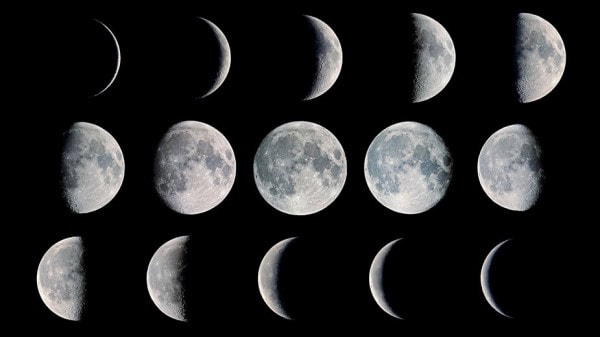




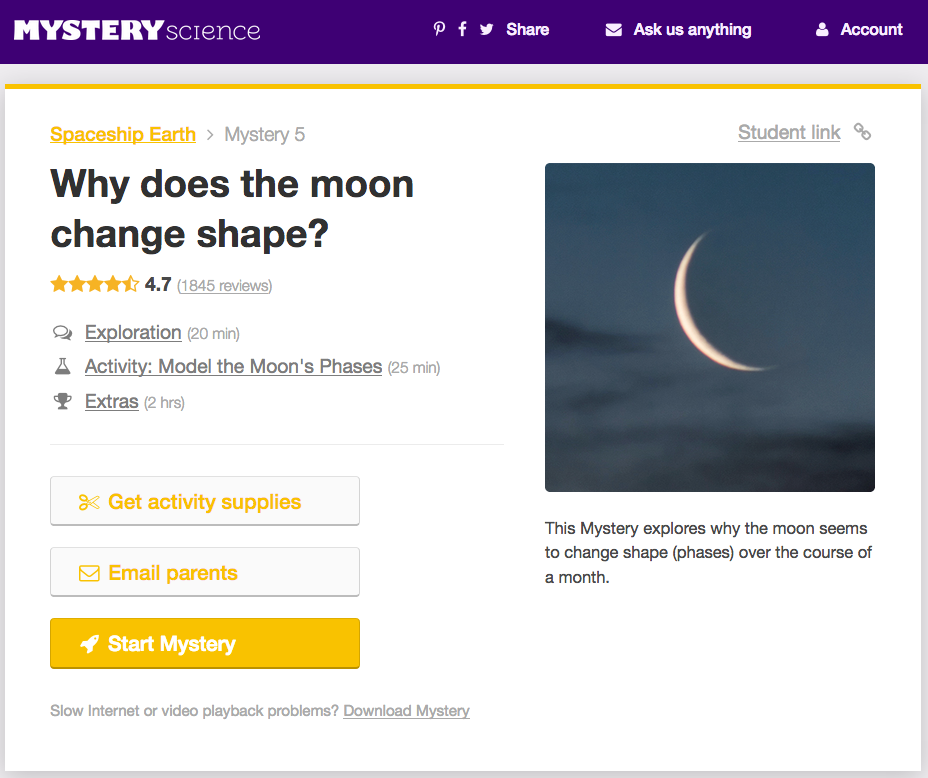
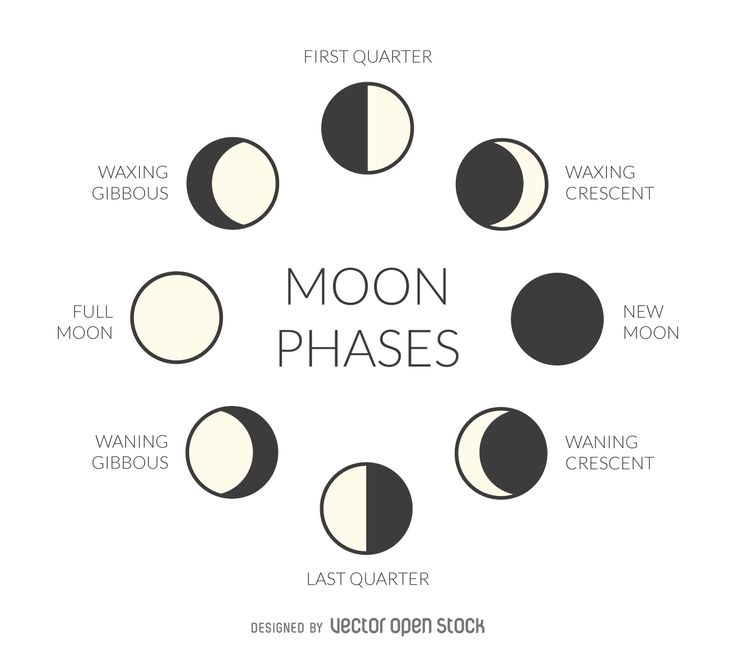





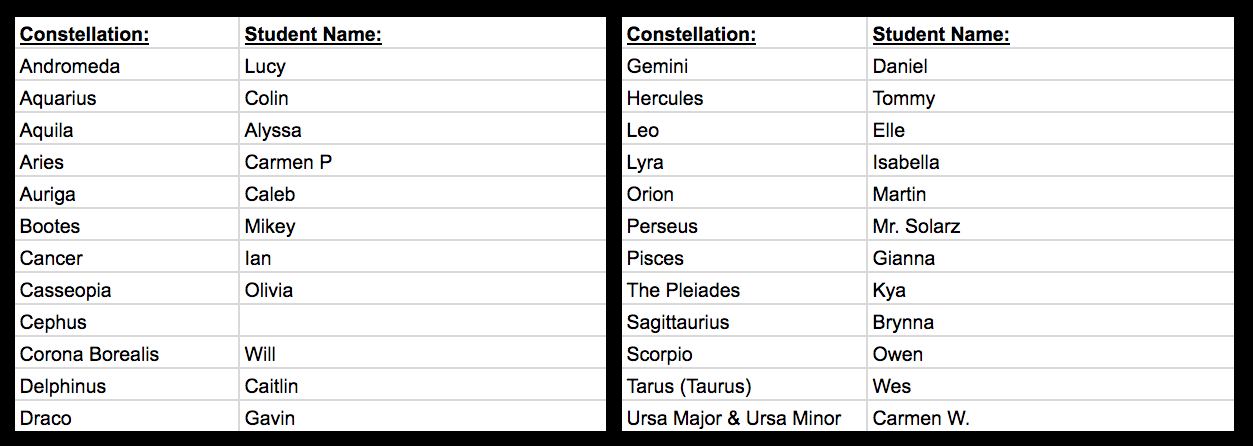

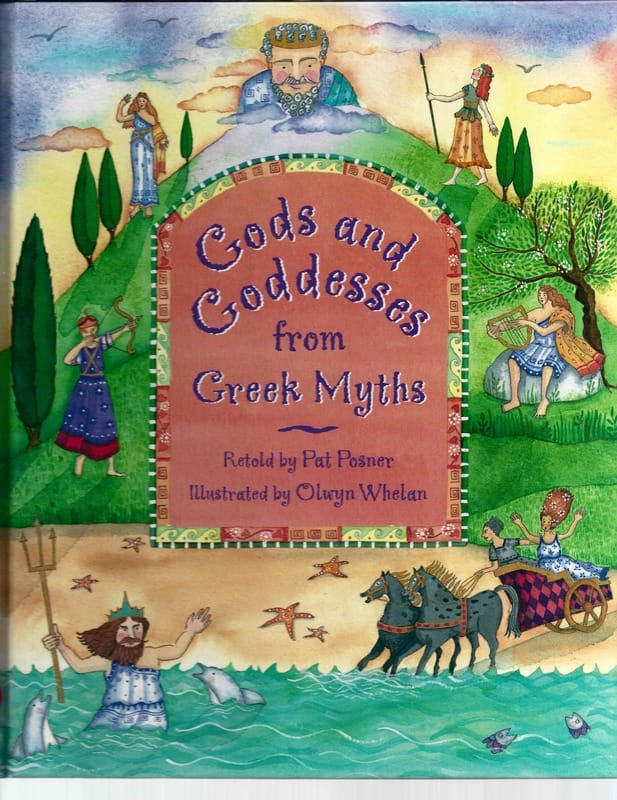












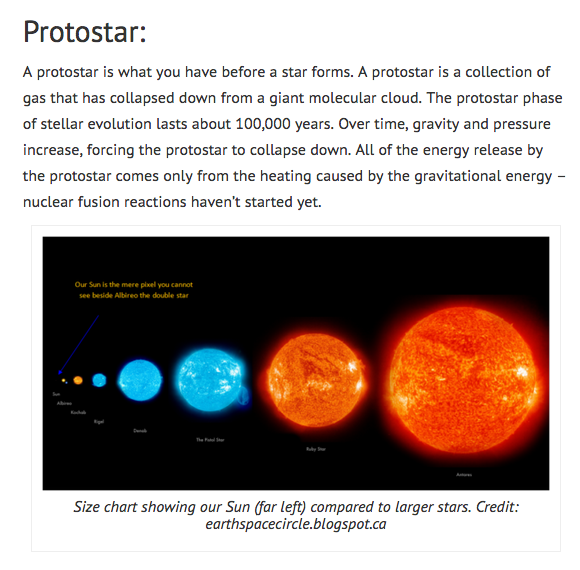





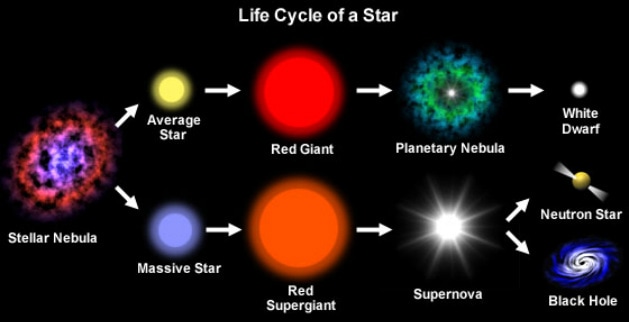



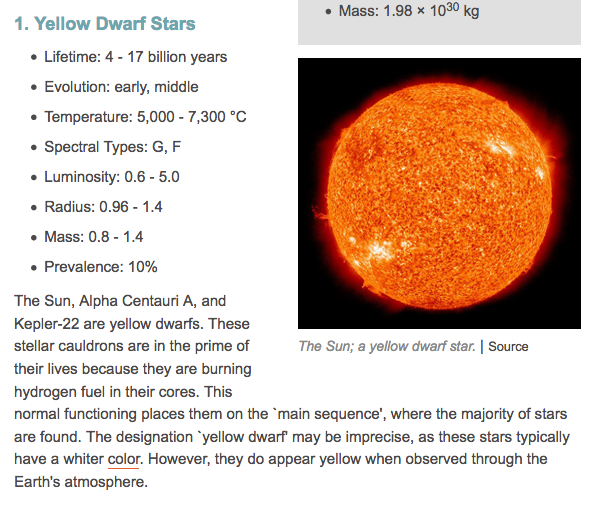




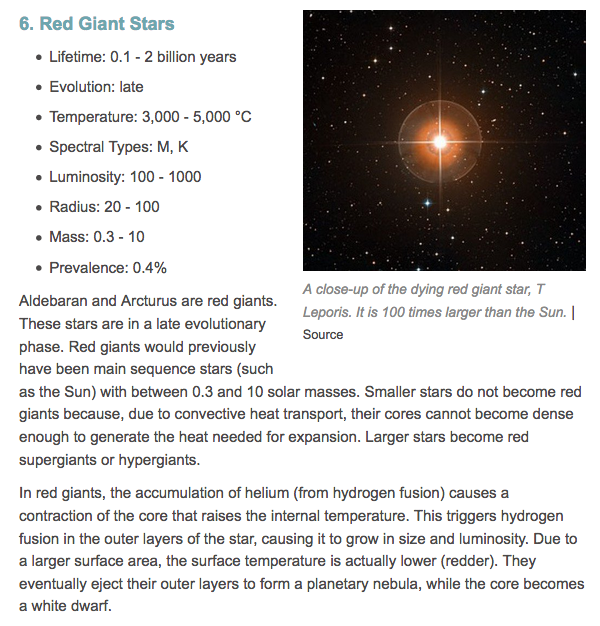














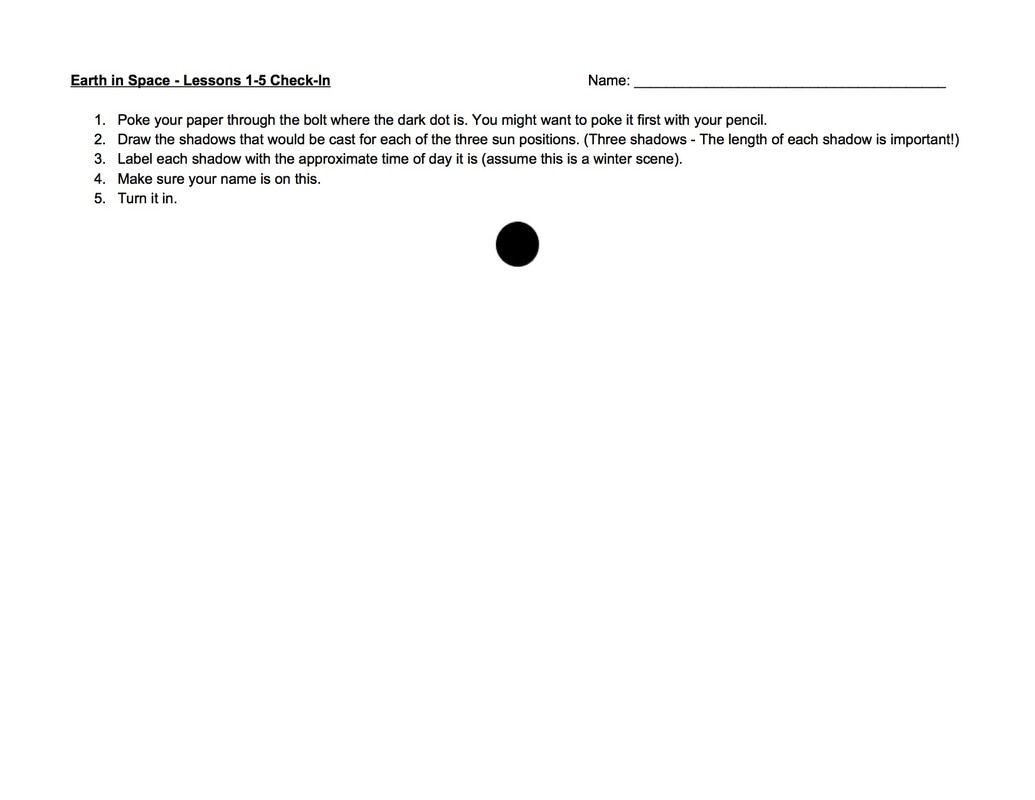


















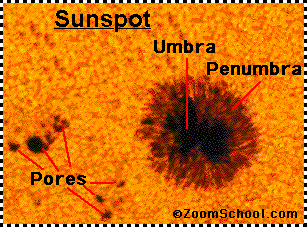
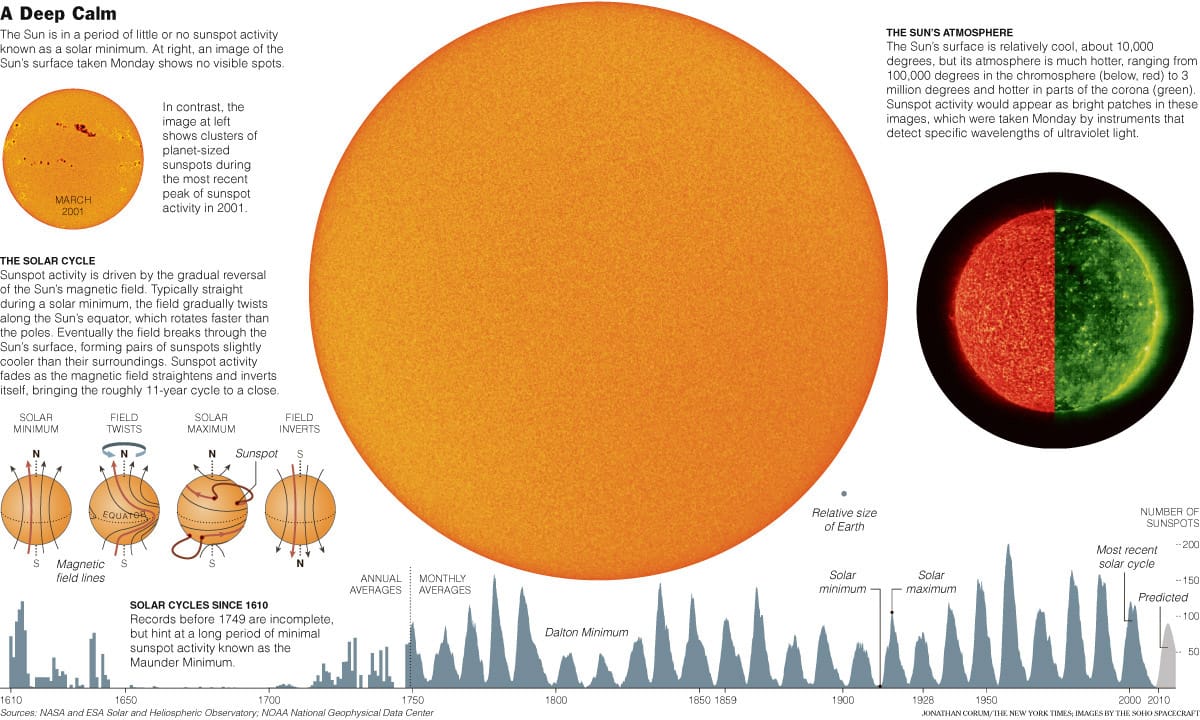





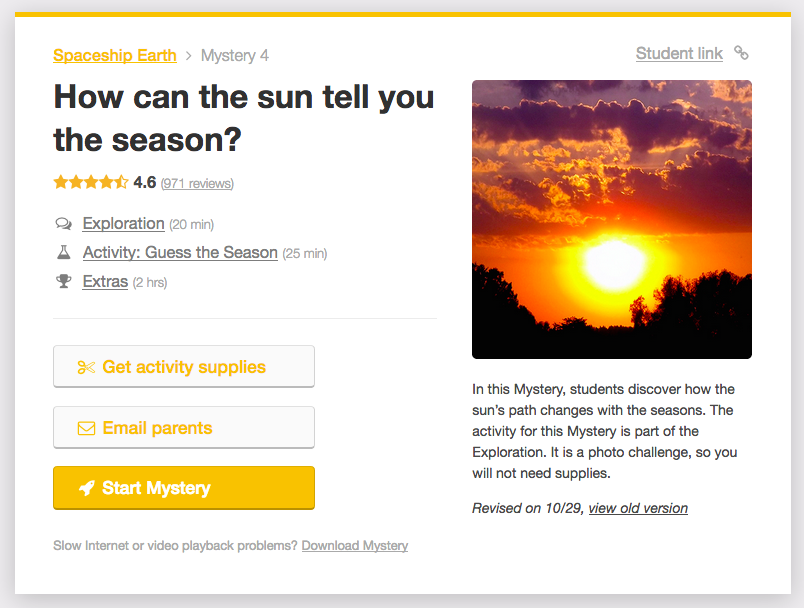
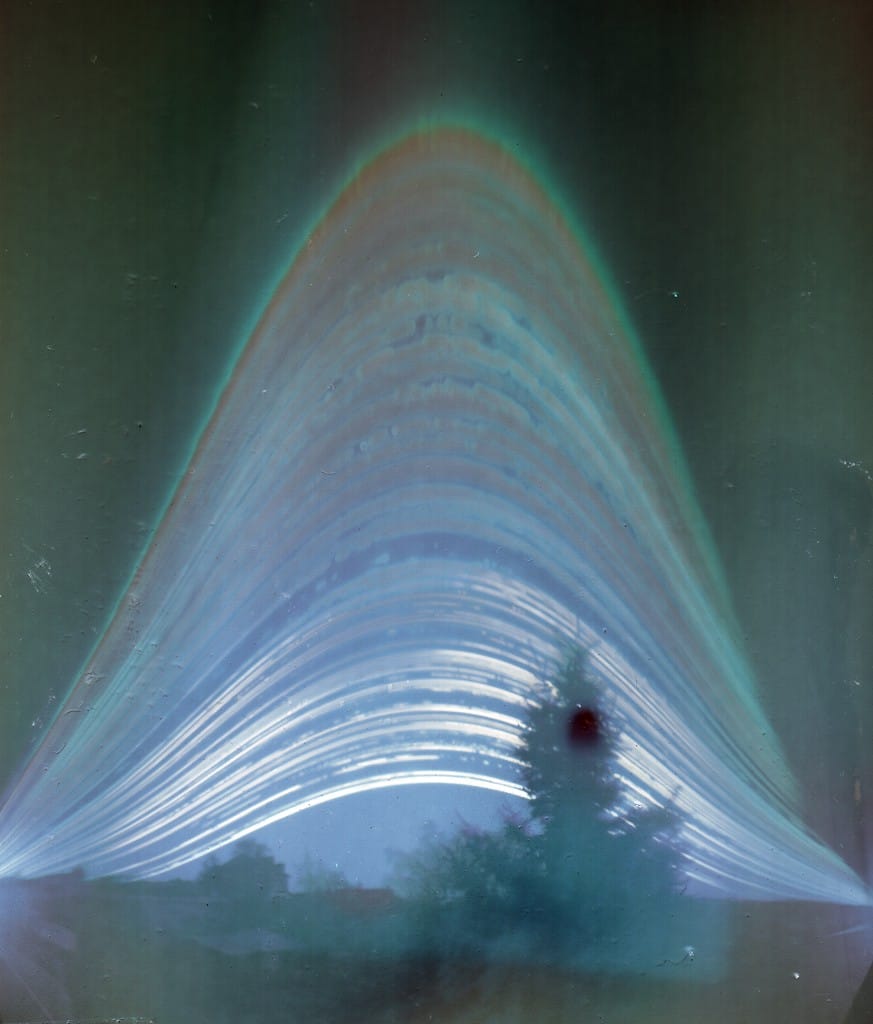






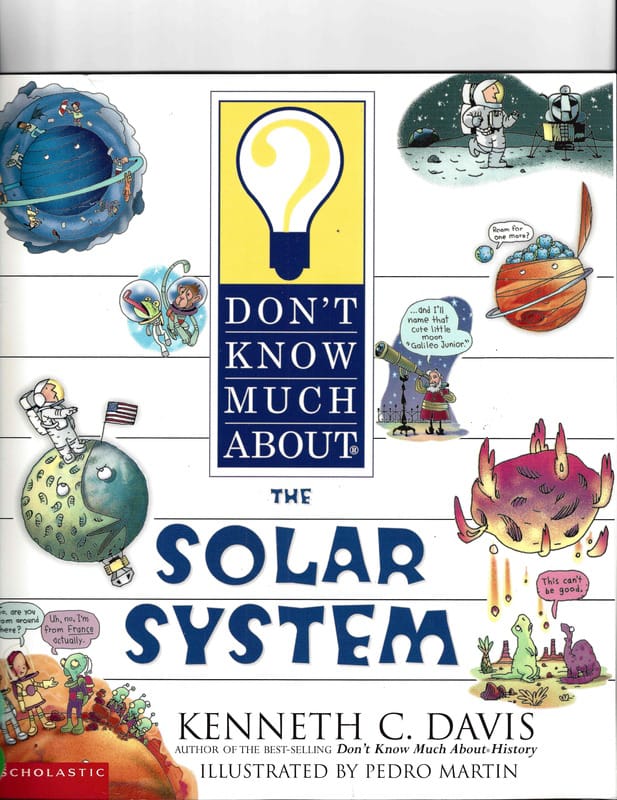



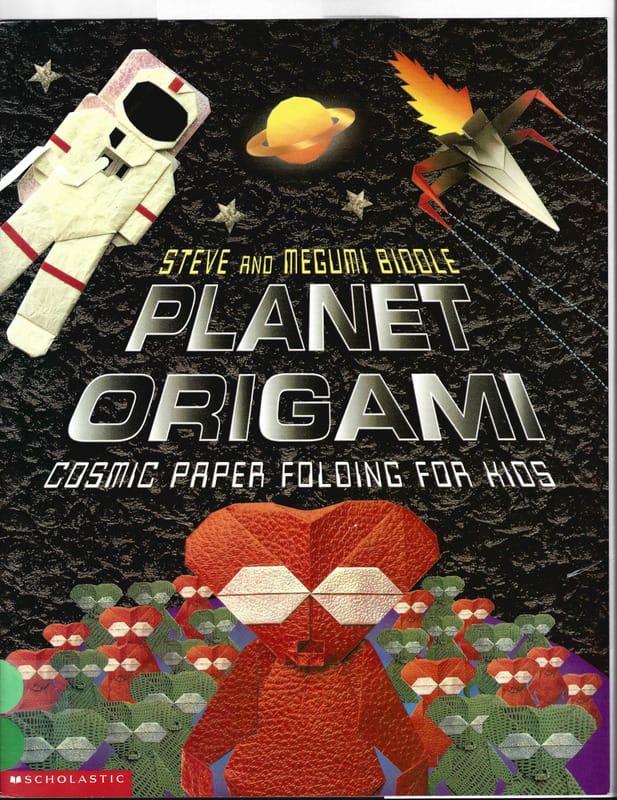
















 RSS Feed
RSS Feed
